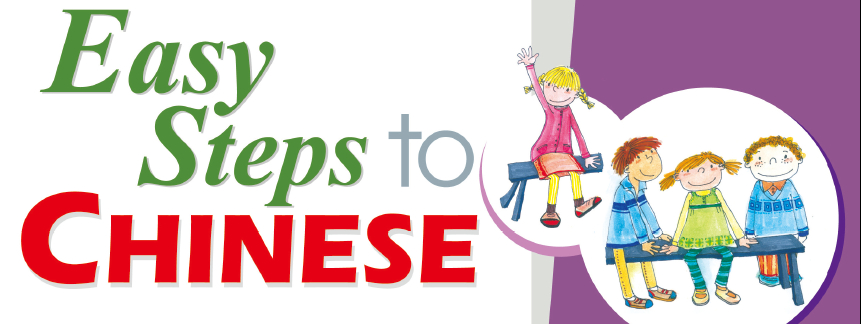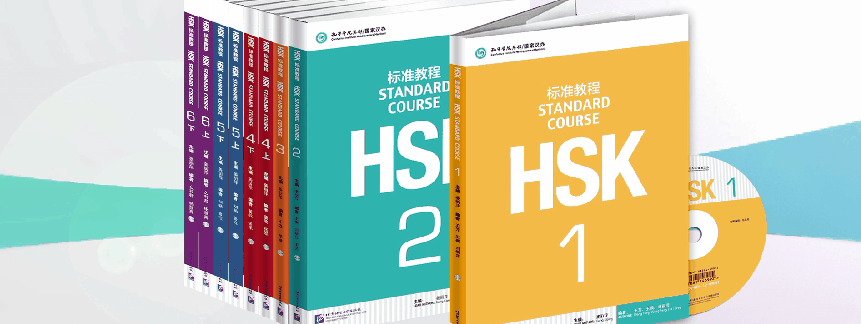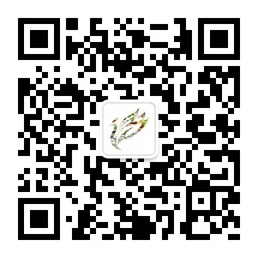Online Bookstore
- Learn to Write Chinese Characters: A Study Guide
- Learn to Read Chinese Characters: A Study Guide
- Chinese Essential Dictionary (Chinese-English)
- A Dictionary of Chinese Synonyms with English Translation(2nd Edition)
- 800 Frequently Used Chinese Function Words
- A Dictionary of the Usage of Common Chinese Separable Words
1700 Groups of Frequently Used Chinese Synonyms
Author:Yang Jizhou, Jia Yongfen
- Medium:Books
- ISBN: 9787561912652
- Page Count: 1641
- Size:
- Pub Date:2005-07
- The book weight: 1211 g
- Annotation Language:
- Course:
- Target Audience(Age):
- Target Audience(Language):
- Price:
-
Category: Dictionaries >Vocabulary
- The product sample: >>Sample














